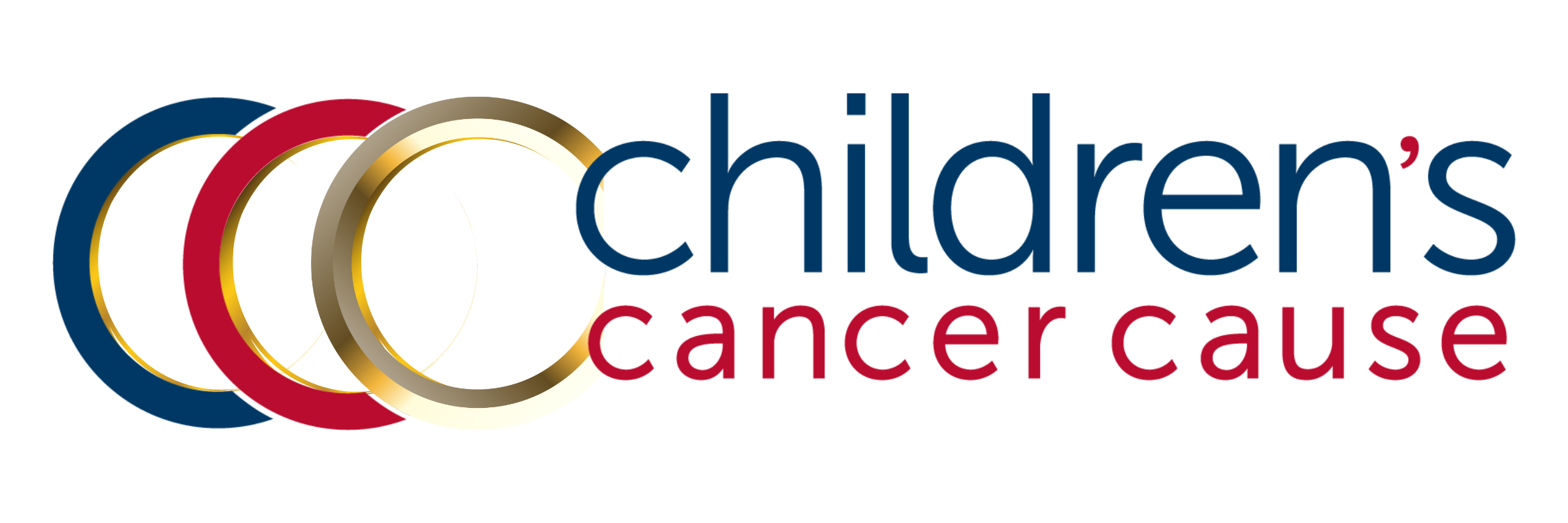New ACS Report: What does it reveal about kids and AYAs?
“Childhood cancer incidence rates have slowly increased each year since at least 1975. From 2007 to 2016, rates increased on average by 0.8% annually.”
A new report from the American Cancer Society reveals a 2.2 percent drop in cancer death rates from 2016 to 2017 - the largest one-year mortality drop on record.
The decline is attributed in part to a drop in lung cancer deaths but the bigger factor is improved treatment from advances in immunotherapy. Immunotherapy was noted as a new treatment for a wide range of cancers in the report, particularly in cases of progression or recurrence.
Related specifically to childhood cancer, the report finds that the mortality rate has held relatively steady at around 1.3% annually for nearly 30 years. Between the late 1970s and early 1990s, leaps in treatment advances resulted in big 3% annual declines in the death rate for kids with cancer - but the pace of decline has slowed in the last several decades.
For those who survive, the reports echoes what we all know: survival rates have increased over the past 40 years but with considerable variation by diagnosis, from 98% five-year survival rates for kids with Hodgkin lymphoma to just 69% for osteosarcoma. The report doesn’t mention cancers like DIPG that are still considered to be terminal upon diagnosis or progression.
Other pediatric-related statistics in the report include:
An estimated 11,050 children ages 0 to 14 will be diagnosed in 2020, and 1,190 will not survive;
One in 389 children will be diagnosed with cancer before their 15th birthday;
From 2007 to 2016, childhood cancer incidence rates have increased an average of 0.8% every year.
“Adolescents (15-19) have a unique cancer profile that includes childhood cancers (e.g. acute lymphocytic leukemia), adult cancers (e.g. thyroid and melanoma of the skin), and a disproportionately high burden of lymphoma.”
The ACS report includes a special section on cancer in adolescents and young adults:
The special report delves into the complex risk factors for cancers in the adolescent/young adult (AYA) population, including genetic predispositions, family history, environmental exposures, lifestyle factors like obesity and UV exposure, and infections like HPV.
Other highlights include:
The report estimates that 5,800 teens aged 15-19 will be diagnosed with cancer in 2020, and 540 adolescents in this age bracket will die.
Leukemia is the leading cause of cancer death in both males and females ages 15-29 years. AYAs have “substantially worse 5-year relative survival than children for acute lymphocytic leukemia overall (60% vs. 91%)… which may reflect differences in biology and/or clinical trial participation.”
Many of the most common AYA cancers have high overall survival rates (94% or greater); thyroid and testicular cancers, melanoma, and Hodgkin lymphoma. Survival rates are lower for leukemia, brain tumors, and bone and soft tissue sarcomas.
As of January 2019, there were 678,000 AYAs living in the United States with a history of a cancer diagnosis - some of whom were diagnosed as children.
Young adults continue to be under-insured, which causes delays in diagnosis, more aggressive and toxic treatment, and poorer outcomes. In 2017, 15 percent of young adults ages 20-25 lacked health insurance.
The report recommends improved education about self-exams to increase awareness among AYAs about early changes in the skin, breasts, and testicles. Because young adults do not undergo the same screenings as older adults, these types of cancers are often diagnosed at a much later stage in the AYA population. Several cancers can be prevented, such as cervical cancers (with pap smears) and HPV-related cancers (with the HPV vaccine).
The report also recommends fertility counseling and improved access to fertility preservation for this cohort, noting that many AYA patients are unaware of their options. Others found the cost to be prohibitive, and some encountered “physician recommendation against delaying treatment, especially among females.”


